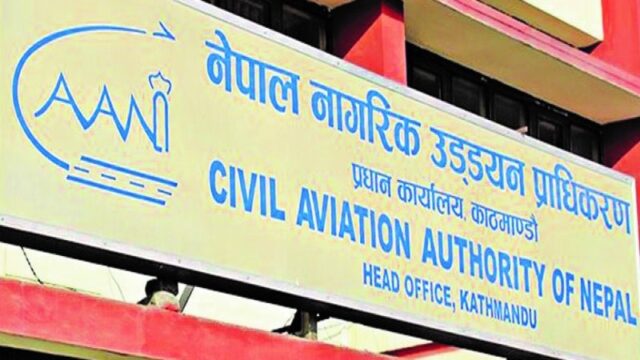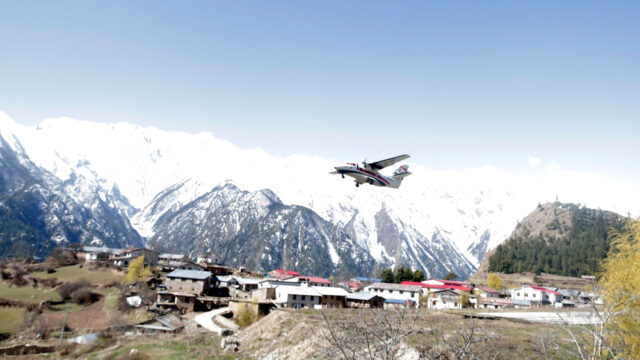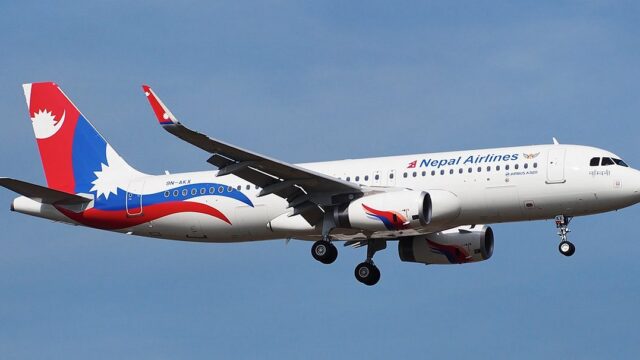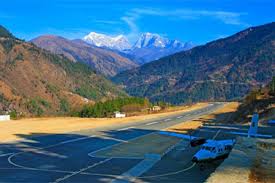Severe weather conditions have paralyzed operations at Tenzing-Hillary Airport in Lukla, stranding a substantial number of tourists. The airport has been non-operational since Jestha 26 due to heavy fog and poor visibility, creating significant disruptions for visitors in the Khumbu region.
Divas Dahal, Air Traffic Controller at the Civil Aviation Authority of Nepal (CAAN) in Lukla, reported, “It’s the season for tourists to return from their visits to the Everest region. While incoming tourists are few, the majority are trying to leave, but the weather is not favorable. As a result, all flight schedules have been canceled for the past ten days.”
The adverse conditions have also grounded helicopter operations at Lukla. Consequently, flights have been rerouted to Surke Helipad, a lower-altitude alternative. From Surke, tourists are being ferried back to Kathmandu by helicopter.
Amrit Magar, Station Manager for Tara Air in Lukla, highlighted the frequent disruptions caused by the unpredictable weather, which significantly impacts tourists. Many travelers are now opting to trek approximately four hours to Thamdanda, where they can take vehicles to Kathmandu via Salleri, the district headquarters. This alternate route covers a 70-kilometer rough road, serviced only by Bolero jeeps, with fares of NPR 2,200 per person from Thamdanda to Salleri and NPR 2,000 per person from Salleri to Kathmandu.
Meteorologist Raju Pradhanang forecasts no immediate improvement in weather conditions, suggesting continued flight disruptions for several more days due to persistent monsoon activity, particularly in the Koshi region.
Tenzing-Hillary Airport, the primary gateway to the Everest region, serves over 60,000 tourists annually. It connects through flights from Kathmandu’s Tribhuvan International Airport and Ramechhap’s Manthali Airport. The airport, constructed in 1960 with the assistance of Sir Edmund Hillary, was renamed in 2007 to honor both Tenzing Norgay Sherpa and Sir Hillary.
Located at an altitude of 2,800 meters, the airport’s 460-meter runway is known for its challenging terrain and rapidly changing weather, often cited as one of the world’s most dangerous. Despite these challenges, the airport remains an essential entry point for tourists visiting the Everest region, underscoring its critical role and heavy usage during peak tourist seasons.






